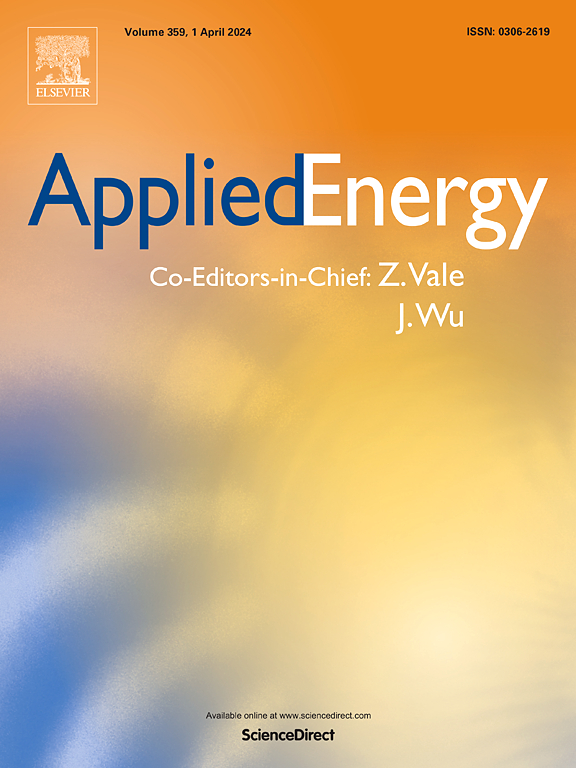Enhanced strain assistance for SOC estimation of lithium-ion batteries using FBG sensors
IF 10.1
1区 工程技术
Q1 ENERGY & FUELS
引用次数: 0
Abstract
The accurate estimation of the state of charge (SOC) is essential to guarantee the safe and reliable operation of battery systems. Recently, more and more studies and applications have adopted optic fiber sensors to aid SOC estimation. However, it faces challenges such as limited performance and high costs. To address these challenges, this work proposed using a novel multi-position strain to enhance strain assistance for SOC estimation. Three fiber Bragg grating (FBG) sensors are arranged near the negative electrode, near the positive electrode, and in the middle of the battery, respectively. Strains at multiple positions are utilized as input features for the SOC estimation model, either individually, in dual combination, or triple combination. The impact of the number and placement of FBG sensors on SOC estimation is assessed. Temporal Convolutional Network (TCN), Convolutional Neural Network (CNN), and Gated Recurrent Unit (GRU) were employed to evaluate the effectiveness of multi-position strain. Furthermore, an FBG demodulation system based on a tunable Fabry-Perot (F![]() P) filter was built to obtain strain information from wavelength signals. Compared to the commercially demodulation systems, the proposed demodulation system achieves a cost reduction of over 90 %. Experimental results verify that, compared to a traditional single strain, the dual strains significantly improve SOC estimation accuracy. In static tests, the root mean squared error (RMSE) and mean absolute error (MAE) are reduced by up to 73.66 % and 71.72 %, respectively. In dynamic tests, RMSE and MAE reductions reach up to 72.49 % and 74.01 %, respectively.
P) filter was built to obtain strain information from wavelength signals. Compared to the commercially demodulation systems, the proposed demodulation system achieves a cost reduction of over 90 %. Experimental results verify that, compared to a traditional single strain, the dual strains significantly improve SOC estimation accuracy. In static tests, the root mean squared error (RMSE) and mean absolute error (MAE) are reduced by up to 73.66 % and 71.72 %, respectively. In dynamic tests, RMSE and MAE reductions reach up to 72.49 % and 74.01 %, respectively.
求助全文
约1分钟内获得全文
求助全文
来源期刊

Applied Energy
工程技术-工程:化工
CiteScore
21.20
自引率
10.70%
发文量
1830
审稿时长
41 days
期刊介绍:
Applied Energy serves as a platform for sharing innovations, research, development, and demonstrations in energy conversion, conservation, and sustainable energy systems. The journal covers topics such as optimal energy resource use, environmental pollutant mitigation, and energy process analysis. It welcomes original papers, review articles, technical notes, and letters to the editor. Authors are encouraged to submit manuscripts that bridge the gap between research, development, and implementation. The journal addresses a wide spectrum of topics, including fossil and renewable energy technologies, energy economics, and environmental impacts. Applied Energy also explores modeling and forecasting, conservation strategies, and the social and economic implications of energy policies, including climate change mitigation. It is complemented by the open-access journal Advances in Applied Energy.
 求助内容:
求助内容: 应助结果提醒方式:
应助结果提醒方式:


